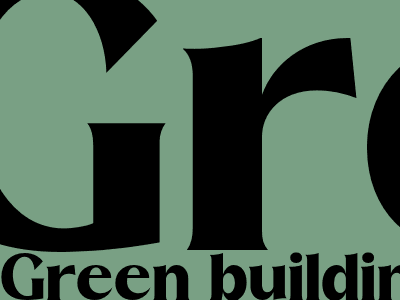
Sustainable Construction: Building a Greener Future with Green Architecture
The Rise of Green Building: A Global Movement
Sustainability has emerged as a driving force in the construction industry, prompting the adoption of green building practices worldwide. Green buildings prioritize environmentally responsible design, construction, and operation, aiming to reduce environmental impact and improve occupant well-being. This transition toward sustainable construction represents a significant shift in the industry, with governments, corporations, and individuals recognizing the long-term benefits of reducing carbon emissions, conserving resources, and promoting healthier living spaces
The Benefits of Green Building:
- Reduced energy consumption and operational costs
- Improved indoor air quality and occupant comfort
- Enhanced property value and marketability
The Principles of Green Architecture: A Holistic Approach
Green architecture encompasses a comprehensive approach to design and construction, incorporating principles that minimize environmental impact and maximize resource efficiency. Key principles include:
Energy Efficiency:
- Optimizing building orientation and envelope performance to reduce energy demand
- Incorporating energy-efficient appliances, lighting, and HVAC systems
- Utilizing renewable energy sources such as solar and wind power
Water Conservation:
- Installing low-flow fixtures and appliances
- Implementing rainwater harvesting and graywater systems
- Promoting water-efficient landscaping practices
Sustainable Materials:
- Selecting materials with low environmental impact and recycled content
- Prioritizing renewable and non-toxic materials
- Promoting sustainable forestry practices for wood and timber products
Case Studies: Examples of Green Building in Action
Numerous successful green building projects worldwide demonstrate the practical benefits of sustainable construction. Here are a few notable examples:
The Bullitt Center, Seattle, USA:
- LEED Platinum certified building, designed to achieve net-zero energy consumption
- Features natural ventilation, daylighting, and rainwater harvesting
- Constructed with locally sourced and recycled materials
The Bosco Verticale, Milan, Italy:
- Two residential towers covered in over 2,000 trees and plants
- Improves air quality, reduces energy consumption, and provides habitat for wildlife
- Recognized as one of the most innovative green buildings in the world
Conclusion: A Greener Future for Construction
The adoption of green building practices is transforming the construction industry, leading to more sustainable, resource-efficient, and healthier buildings. As governments and organizations prioritize sustainability goals, green building will continue to play a vital role in shaping the future of the built environment. By embracing sustainable design principles, we can create a greener future for generations to come